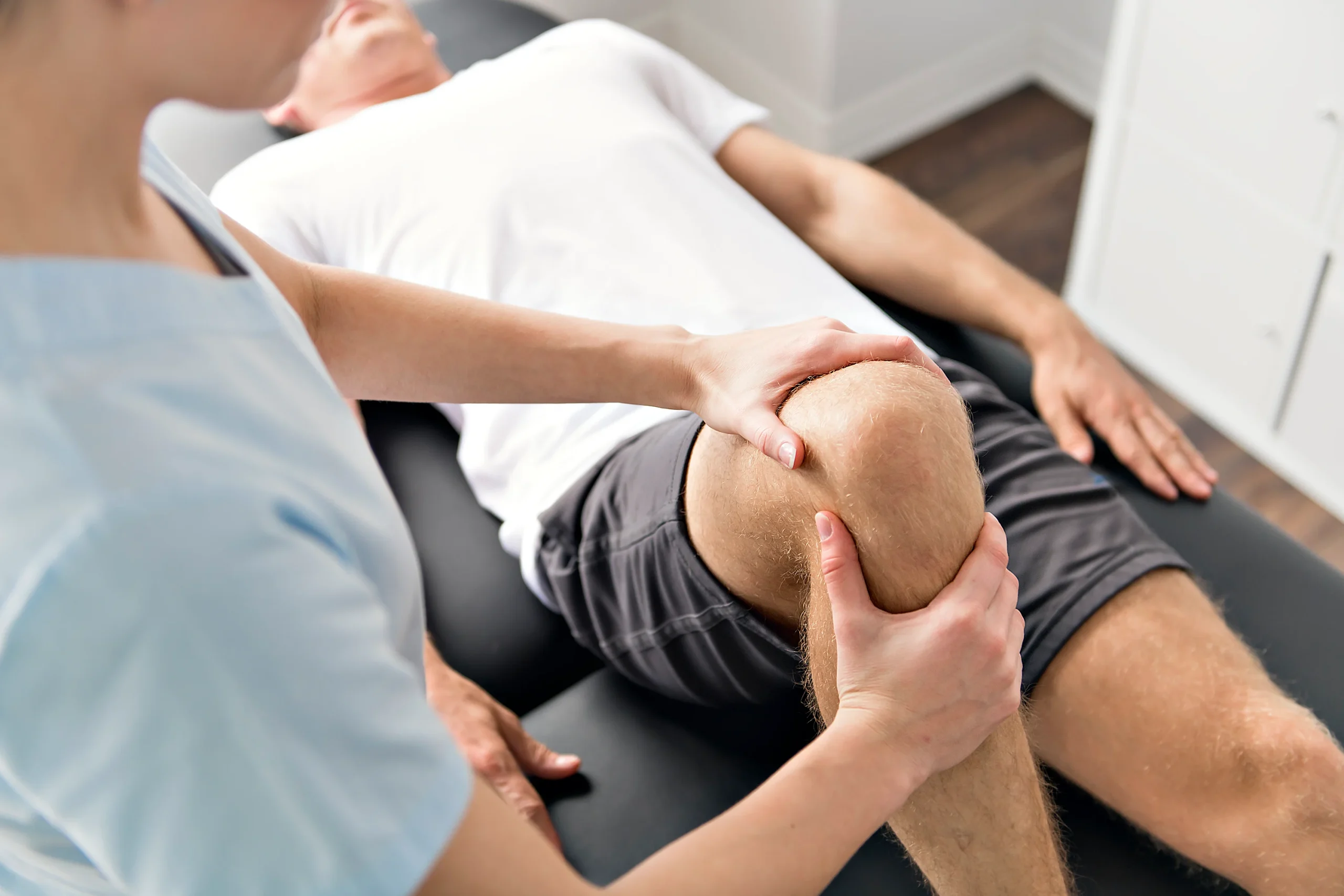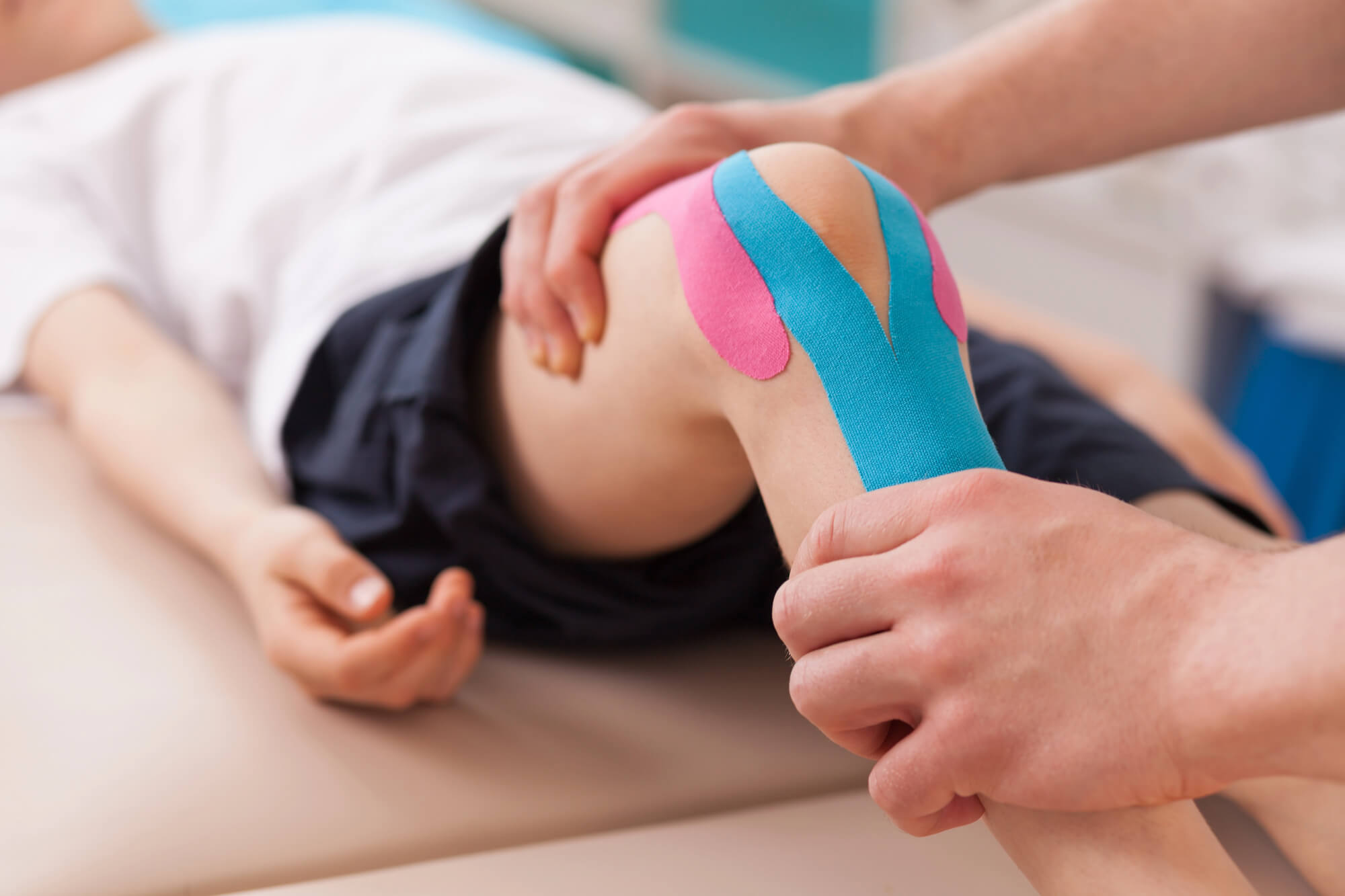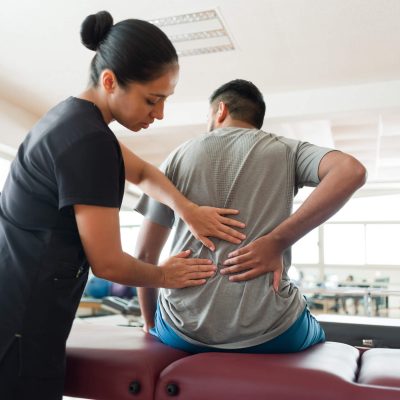In a world where physical fitness, competition, and performance have taken center stage, sports medicine plays a crucial role in keeping athletes — both amateur and professional — safe, strong, and successful. Whether it’s a weekend warrior running a marathon or an elite football player preparing for the Olympics, sports medicine is the specialized field that ensures optimal physical performance while preventing and managing injuries.
This article explores what sports medicine entails, its importance in modern athletic care, common sports injuries, rehabilitation methods, and how this field is transforming with advancements in science and technology.
What Is Sports Medicine?
Sports medicine is a multidisciplinary branch of medicine that focuses on physical fitness, treatment of sports-related injuries, and prevention of injuries related to sports and exercise. It encompasses a wide range of healthcare professionals including:
-
Sports medicine physicians
-
Orthopedic surgeons
-
Physical therapists
-
Athletic trainers
-
Nutritionists
-
Kinesiologists
-
Psychologists (sports mental health)
Unlike general medical practice, sports medicine is tailored specifically to the biomechanical, physiological, and psychological needs of active individuals.
Why Sports Medicine Matters
1. Injury Prevention
Preventing injuries before they occur is one of the primary goals of sports medicine. Through customized training programs, movement assessments, and biomechanical analysis, specialists can identify weaknesses or imbalances that could lead to injury.

2. Performance Optimization
Sports medicine isn’t just about injuries — it’s also about pushing athletes to perform at their best. This includes strength and conditioning programs, nutritional planning, and psychological coaching to enhance endurance, agility, and recovery.
3. Rapid and Safe Recovery
Injuries are inevitable in sports, but proper diagnosis and treatment are critical. Sports medicine provides tailored rehabilitation plans to ensure efficient and safe recovery, allowing athletes to return to play without risking re-injury.
4. Long-Term Joint and Muscle Health
For athletes, overuse and repetitive strain can cause lasting damage. Sports medicine professionals help manage chronic issues and ensure longevity in both sports and everyday movement.
Common Sports Injuries and Their Treatment
1. Sprains and Strains
-
Sprain: Overstretching or tearing ligaments (e.g., ankle sprain)
-
Strain: Tearing of muscle or tendon fibers
Treatment: RICE (Rest, Ice, Compression, Elevation), physical therapy, strengthening
2. Tendinitis
Inflammation of tendons, often due to overuse (e.g., tennis elbow or Achilles tendinitis).
Treatment: Rest, anti-inflammatory medication, stretching, activity modification
3. Fractures
Broken bones from impact or stress.
Treatment: Immobilization with a cast or splint, surgery in severe cases, gradual rehab
4. Concussions
Brain injuries caused by a blow to the head.
Treatment: Cognitive and physical rest, gradual return to activity under medical supervision
5. ACL and Meniscus Tears
Common in sports like soccer and basketball.
Treatment: Often requires surgery and extensive rehab; pre- and post-operative physical therapy
Rehabilitation in Sports Medicine
Rehab isn’t just about healing — it’s about regaining function, strength, flexibility, and confidence. Sports rehab includes:
-
Physiotherapy: Manual therapy, dry needling, and therapeutic exercises
-
Exercise therapy: Targeted strengthening and mobility drills
-
Hydrotherapy: Water-based rehabilitation to reduce stress on joints
-
Neuromuscular re-education: Improving coordination, balance, and proprioception
-
Gradual return-to-play protocols: Structured stages to reintegrate sport-specific activity
Each rehab program is customized based on the injury, sport, and athlete’s goals.
Sports Nutrition and Injury Prevention
Nutrition plays a significant role in both athletic performance and recovery. Athletes need a well-balanced diet that supports energy demands, muscle repair, and immune function.
Key Nutrients for Athletes:
-
Protein: Essential for muscle recovery and repair
-
Carbohydrates: Primary energy source for high-intensity exercise
-
Healthy Fats: Support hormonal balance and endurance
-
Hydration: Prevents cramps, fatigue, and overheating
-
Micronutrients: Calcium, Vitamin D, Iron, and Magnesium help prevent deficiencies and injury
Supplements like creatine, omega-3s, and collagen may also support joint and tissue health under proper supervision.
Technology and Innovation in Sports Medicine
Modern sports medicine is constantly evolving, thanks to new technologies and innovations:
1. Wearable Devices
Track real-time data like heart rate, sleep, oxygen levels, and biomechanics. Useful for training monitoring and early injury detection.
2. Motion Capture and Biomechanical Analysis
Used to assess running gait, throwing mechanics, and lifting form. Identifies dysfunctional movement patterns.
3. Regenerative Therapies
Includes Platelet-Rich Plasma (PRP) injections, stem cell therapy, and prolotherapy for healing damaged tissues.
4. Telehealth and Virtual Rehab
Athletes now have access to remote consultations, virtual physical therapy, and mobile health monitoring — especially valuable in remote areas.
Sports Psychology and Mental Recovery
Mental resilience is just as important as physical recovery. Athletes face pressure, fear of re-injury, burnout, and confidence issues. Sports psychologists help:
-
Manage anxiety and performance pressure
-
Visualize success and maintain focus
-
Build mental toughness
-
Recover emotionally from setbacks and injuries
The integration of mental health care into sports medicine is becoming increasingly recognized and respected.
Youth Sports Medicine: A Growing Concern
Young athletes are now training more intensely and specializing in sports earlier, which has led to a rise in overuse injuries, such as:
-
Little league shoulder/elbow
-
Osgood-Schlatter disease (knee pain)
-
Stress fractures
Parents and coaches must ensure that young athletes receive age-appropriate training, rest, and recovery. Rest days, cross-training, and proper technique are essential to prevent burnout and long-term damage.
The Role of Sports Medicine in Everyday Life
You don’t have to be a pro athlete to benefit from sports medicine. Anyone who exercises — from gym-goers to weekend hikers — can use sports medicine principles to stay healthy and improve performance.

Whether you’re training for a 10K or just want to move without pain, sports medicine offers personalized strategies for:
-
Injury prevention
-
Performance enhancement
-
Lifestyle wellness
-
Chronic pain management
Conclusion: Moving Forward Stronger and Smarter
Sports medicine is much more than just treating injuries — it’s about empowering individuals to move better, recover faster, and perform at their peak. As the field continues to evolve with new technologies, therapies, and research, the possibilities for safer and smarter athletic performance are endless.
By integrating medical expertise, cutting-edge science, nutrition, psychology, and rehabilitation, sports medicine ensures that athletes of all ages and levels not only recover — but thrive.
Whether you’re on the field, in the gym, or simply living an active life, the principles of sports medicine can help you stay strong, safe, and ready for whatever challenge comes next.



